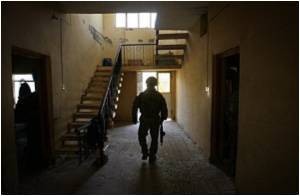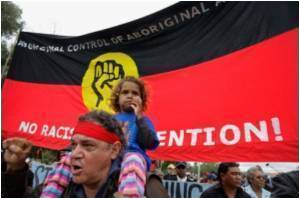What happens when renowned statisticians unite to fight against the heinous act of rapes happening in Nairobi among poor school girls. This study is trying to deal with empowerment and gender norm concepts that are there in this society and are trying to extracting data and insights into these issues statistically.
Highlights
- In Nairobi’s slums, where rape and sexual assault is common and is taboo to discuss, world famous Statisticians are fighting to keep these girls safe.
- Four causal pathways were designed to prevent the physical assault and its efficiency is being tested in this study by Mike Baiocchi and his team.
- The training was given based on these aspects- situational awareness, empowerment, training in verbal skills and art of Physical self defence.
Lee Paiva, the founder of “No Means No Worldwide”, a non governmental organization in San Francisco was trying to find a solution to these problems that were becoming more complex everyday. She said in a Stanford Medicine article that “it just wasn't enough to tell funders how many children had been through the program. "What did those kids actually get?" "What is that money really going to do? And in that moment, I knew--I'm not doing this anymore until I absolutely know what that child got out of this."
5,000 girls in 28 schools were involved in the first trial. The trail basically circled around the theory behind the training, which were based on four causal pathways to prevent the assault.
They were trained in 4 aspects and they are
- The first was situational awareness which involved training girls to quickly analyze and be aware of the common scenarios perpetrators use, keeping in mind the physical and social resources available to these perpetrators.
- The second was empowerment, which meant that the girls had to understand that they are "worth it”. It had to be instilled in them by means a few exercises that they have the right to have their will heard and get it registered to others in situations like these.
- The third Involved training in verbal skills. It was mainly focused on how to be heard, what needs to be shout out to be heard immediately, specifics on the tone and the social constructs to use were also taught in detail.
- Fourthly, there taught the art of Physical self defence which was mix of Krav Maga and Brazilian jujitsu. The results were striking, it was happening as what they had seen in a specific observational study which cut the rate of sexual assault in half.
This almost equal level of success between two very different populations and environments meant that the intervention programs and the underlying theory behind the training was really working for the girls.
U.K.'s Department for International Development (DfID) was able to help on this front with the investment as its global program focused on girls and women and What Works to Prevent Violence.
Now with the financial support of DfID, Baiocchi and his team is able to work with more than 100 schools now and is now able to assess their experience over time. This way they can find some casual pathways and also look at the durability of the training and it's effect.
"If the girls are trained once, does that training last for years?" asks Baiocchi. "Or is a 'booster' program needed to keep the skills effective?"
The team will also measure academic outcomes of the experiment, to ee whether the program has additional benefits apart from freedom from sexual assault. Something that would help Kenyan Ministry of Education.
Source-Medindia














